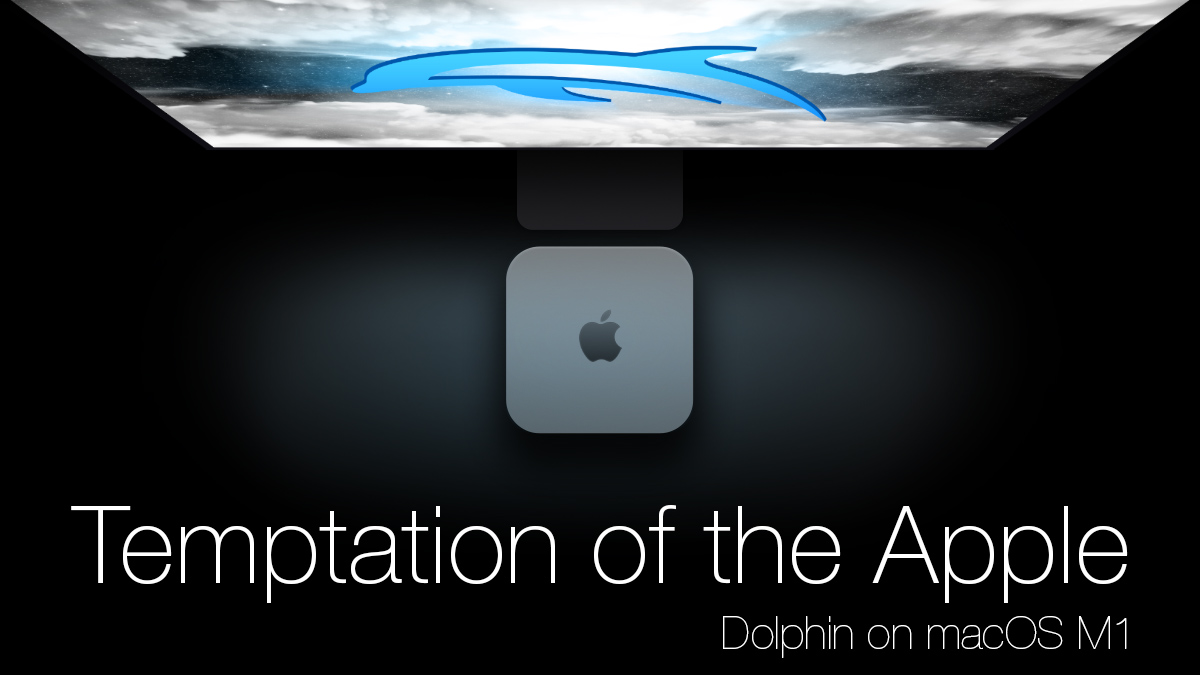- Mac Mini M1 is Apple's best value desktop ever. Powered by Apple's M1 chip with 8-core processor and 8-core GPU, it is designed to run Apple's MacOS, apps and Pro apps efficiently. There is also a growing number of native apps optimised to run on the M1 chip by third-party developers, but is it a.
- Mar 31, 2021 Android Emulator for M1. Who would have thought that Android Emulators would be a headache!?!?!! Rosetta 2 is amazing, but when it comes to the default Android Emulator it falls over because it can not run Kernel extensions and doesn't support VMs that are doing x8664 virtualization.
This is the second post that I dedicate to talk about configurations using the new M1 Apple processor. As I said in the previous post, these configurations are workarounds until stable versions are released, however, for me, they have been useful and I guess that someone in the same situation as me can benefit from that.
Using Android studio in the new Macbook Air
Android Studio, Android Emulator, Visual Studio code are not ready for a stable build for M1, but it's being worked on. Things should get better in a few months at most. Until then there's always Rosetta. Installing the Emulator. Selecting an arm64 version of Android R did not work. So I had to use the emulator preview release.
When you install Android Studio you will get the following warning:
Unable to install Intel® HAXM
Your CPU does not support VT-x.
Unfortunately, your computer does not support hardware-accelerated virtualization.
Here are some of your options:
1 - Use a physical device for testing
Android Emulator For Apple M1
2 - Develop on a Windows/OSX computer with an Intel processor that supports VT-x and NX
3 - Develop on a Linux computer that supports VT-x or SVM
4 - Use an Android Virtual Device based on an ARM system image
(This is 10x slower than hardware-accelerated virtualization)
Creating Android virtual device
Android virtual device Pixel_3a_API_30_x86 was successfully created
And also in the Android virtual device (AVD) screen you will read the following warning: Fallout for mac os torrent.
If you want to learn more regarding virtualization in processors you can read the following Wikipedia article, the thing is that our M1 processor doesn't support VT-x, however, we have options to run an Android Virtual Device.
As the previous message was telling us, we have 4 options. The easiest way to proceed is to use a physical device, but what if you haven't one available at the moment you are developing?


From now on, we will go with the option of using an Android virtual device based on an ARM system image as options 2 and 3 are not possible to execute.
Using the virtual emulator
The only thing that you have to do is to download the last available emulator for Apple silicon processors from Github https://github.com/741g/android-emulator-m1-preview/releases/tag/0.2
Once you have downloaded you have to right-click to the .dmg file and click open to skip the developer verification.
Corona cinema 4d for mac. Smartdraw for mac os. After installing the virtual emulator, we have to open it from the Applications menu.
After opening it you will see Virtual emulator in Android Studio available to deploy your Android application. Make sure to have Project tools available in Android Studio (View -> Tool Windows -> Project)
Mac Mini M1 Android Emulator Free
After pressing the launch button you will get your Android application running in your ARM virtual emulator :-)
Conclusion
In this post, we have seen that is possible to install Android Studio in Macbook Air M1 and use a virtual device even that your M1 doesn't support VT-x. You can learn more about this emulator in the following references:
